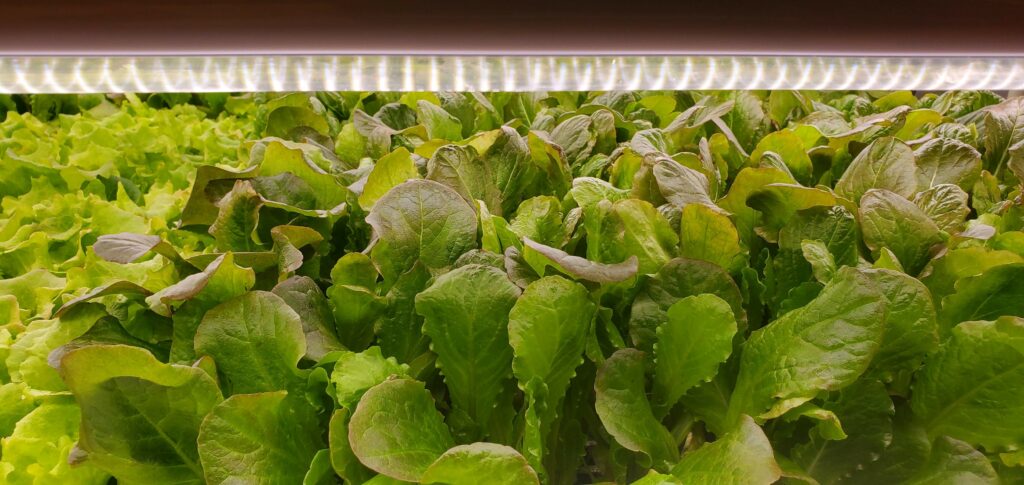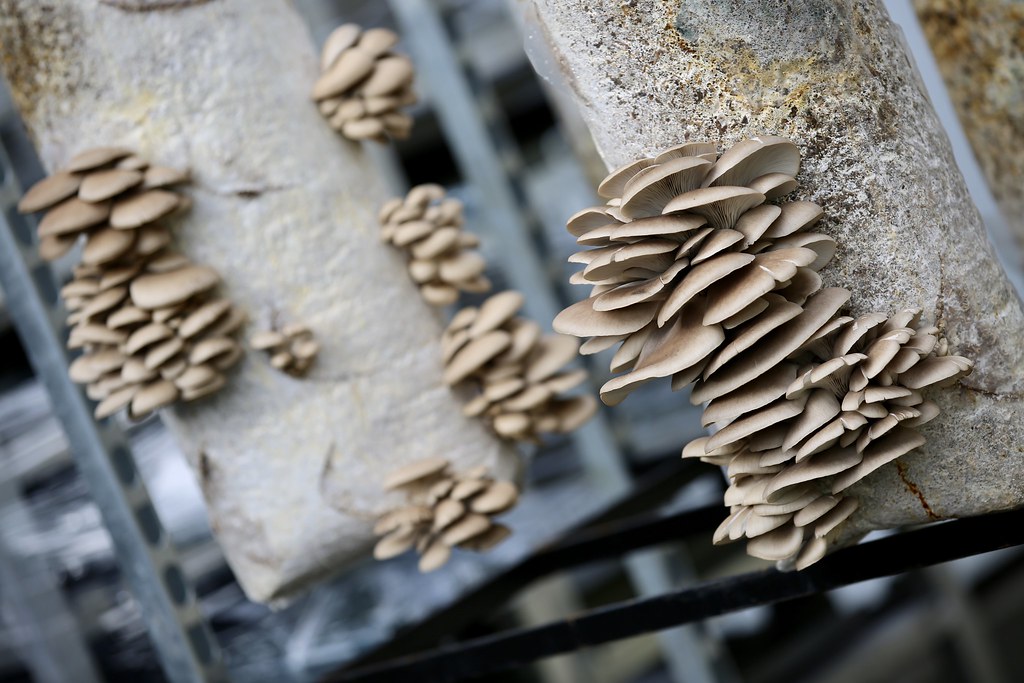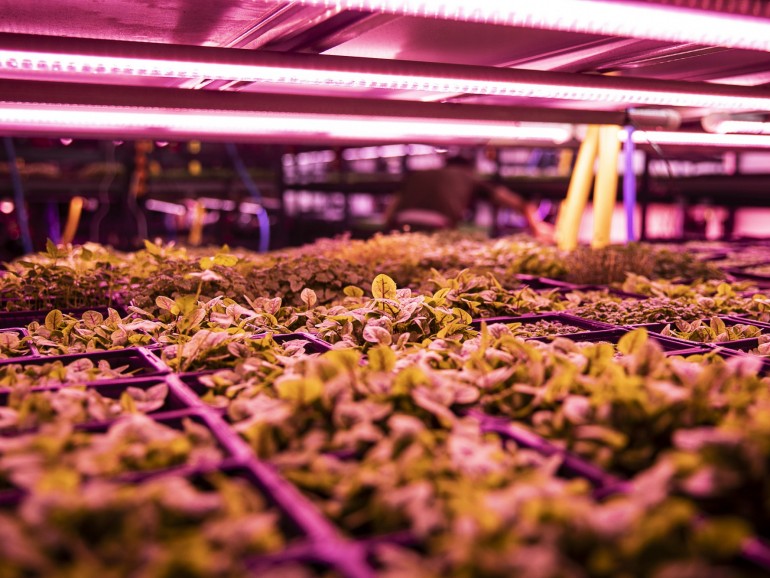In a world where agricultural innovation and energy efficient food production is on the rise, Kroptek’s CEA (Controlled Environment Agriculture) solutions serve as a tool for horticulture growers in combating threats against the farming industry. Weather variability, disease migration, resource scarcity, and overall waste have cast a long shadow over the agriculture sector, creating uncertainty and challenges for farmers and horticulture growers around the world. In response, indoor farming solutions, particularly CEA, are emerging to mediate these external threats and promote a more resilient and localised food system.
Given the farming industry, it’s crucial to emphasise that indoor farming solutions are not aiming to replace traditional outdoor farming, but rather to complement it. The agriculture sector is rooted in optimising resources to obtain the most efficient yield, and indoor farming aims to do this by doing more with less. Utilising innovation and technology, indoor farming acts as a tool to help farmers accelerate the food system in preparation for a highly efficient future. Crops with shorter growth cycles, like leafy greens and microgreens, are optimised through indoor growing methods and serve as a valuable solution to a more environmentally responsible production model.
Advantages of Indoor Farming
Indoor farming provides a highly controlled environment, with precise controlled factors like temperature, humidity, and light. This allows for year-round cultivation and consistent crop quality. Indoor farming, such as hydroponics and vertical farming, is also incredibly resource efficient. It uses significantly less water and land while eliminating the need for harmful pesticides and reducing fertiliser usage.
By growing crops vertically or in controlled environments, indoor farming optimises space utilisation, making it ideal for urban settings and regions with limited arable land. Repurposing unused or vacant buildings into viable sources of food production is another advantage of indoor farming. Wesh Grow, included in Kroptek’s network of farms, was once a decommissioned underground parking garage that is now optimised as an indoor farm in Paris. These advantages alongside indoor farming create a resilient effort in combating the impacts of climate change, resource scarcity, disease migration and waste.
Kroptek: Empowering Farmers and Reducing Food Miles
At Kroptek we aim to empower both traditional and indoor farmers by providing advanced horticulture lighting and CEA solutions to maximise plant growth while minimising energy consumption. We are also strong believers in urban farming solutions and developed a first of its kind network of farms that grow a multitude of crops across multiple countries.
By continuously supporting different farming initiatives, Kroptek aims to contribute to the reduction of “food miles” – the distance food travels from the farm to the consumer – to cut down on greenhouse gas emissions and decrease food travel costs. While traditional agriculture remains essential, indoor farming offers a complementary solution that addresses these challenges effectively.
Microgreens, Mushrooms, and More: Sustainable Indoor Crops
With the goal of increasing efficiencies throughout the food system and relying on less water and land, crops like microgreens, mushrooms, herbs, lettuces, and berries serve as a sustainable option for food production. Nutrient dense crops with relatively short production cycles, allow growers to respond to market demands to effectively deliver high quality and fresh produce to consumers locally.
Offering a stable supply of fresh produce, even in extreme weather conditions, promotes the localisation of food production, reducing the distance food travels to consumers, lowering greenhouse gas emissions, and supporting the local food systems.

A Win for Consumers and the Environment
By recognising that indoor farming is not a replacement, but a vital complement to traditional agriculture, we can foster a more resilient and sustainable future for our food supply while mitigating the impacts of our changing climate. Kroptek’s mission to feed people while reducing the environmental footprint of food travel showcases how both indoor and traditional farming can coexist for the benefit of farmers, consumers, and the environment.

